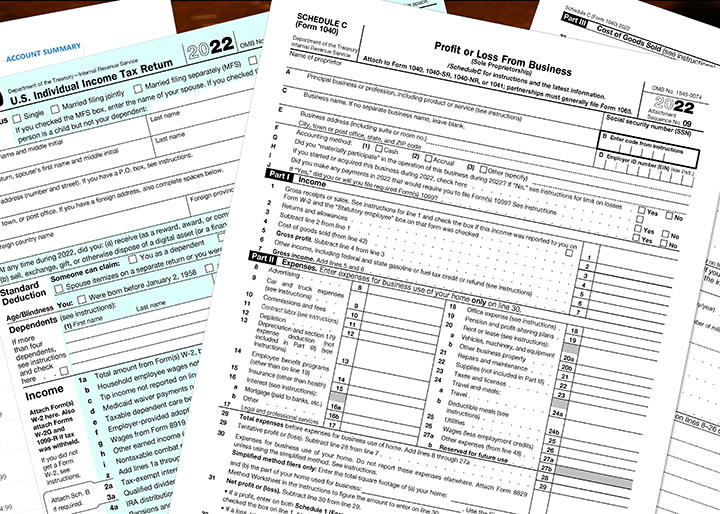Pass it on…
The Rising Costs of Real Estate Taxes By Suzanne Andresen I attended the launch of the Atlanta Chapter of the National Rental Home Council a few months ago and heard a lot about the SFR arena and the current concerns facing the industry. There were a few discussion points that I felt were more pressing than others. Certainly, the concerns about trespass were front and center, as Atlanta seems to
Read More









